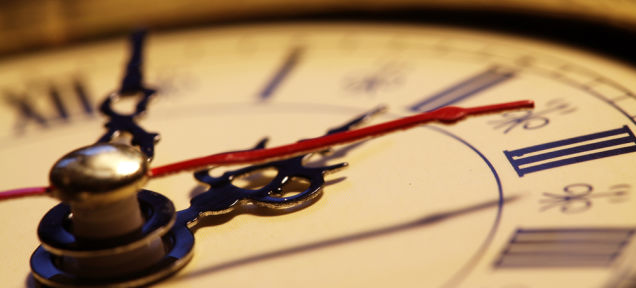If you’re the sort of person who lives by the motto that every second counts, next week, you get to put your money where your mouth is. That’s because, as we first learned back in January, we’re all being gifted a leap second on 30 June.
Leap seconds can wreak havoc across the Internet, but, as NASA explained in detail this week, they’re essential in order to compensate for our planet’s slowing rotation.
Most of us live our lives in the steadfast world of coordinated universal time (UTC), where Earth days are treated as precisely 86,400 seconds long. But in the real world, days haven’t been that long since about 1820. That’s because a gravitational tug-of-war between the Earth and the moon is causing our planet’s rotation to slow down, making the days a wee bit longer as the years roll on. Today, the average day is approximately 86,400.002 seconds long.
You might be thinking: OK, that’s interesting, but who’s really counting? Scientists, of course! As NASA explains in the video below, Earth scientists monitor precisely how long it takes our planet to complete a full rotation (a day) using a technique called Very Long Baseline Interferometry (VLBI). This essentially involves collating data from a worldwide network of stations every single day. And the results are not always predictable. Day length, it turns out, is influenced by everything from tectonic activity to groundwater to El Nino events.
Because day length as measured by VLBI pretty much never hits 86,400 seconds on the nose, scientists have created a second time standard, Universal Time 1, based on the Earth’s precise rotation. When UT1 and UTC drift too far apart, leap seconds are added to keep the two time scales within 0.9 seconds of each other. That’s why, as the hour approaches midnight on Tuesday, the clock will strike 23:59:60 before rolling over to 0:0:0 on 1 July.
Try to make the most of that extra second, even if the Internet has an aneurysm. After all, not even Earth’s brightest scientists can predict when the next one’s coming.
[NASA]
Top image via Shutterstock
